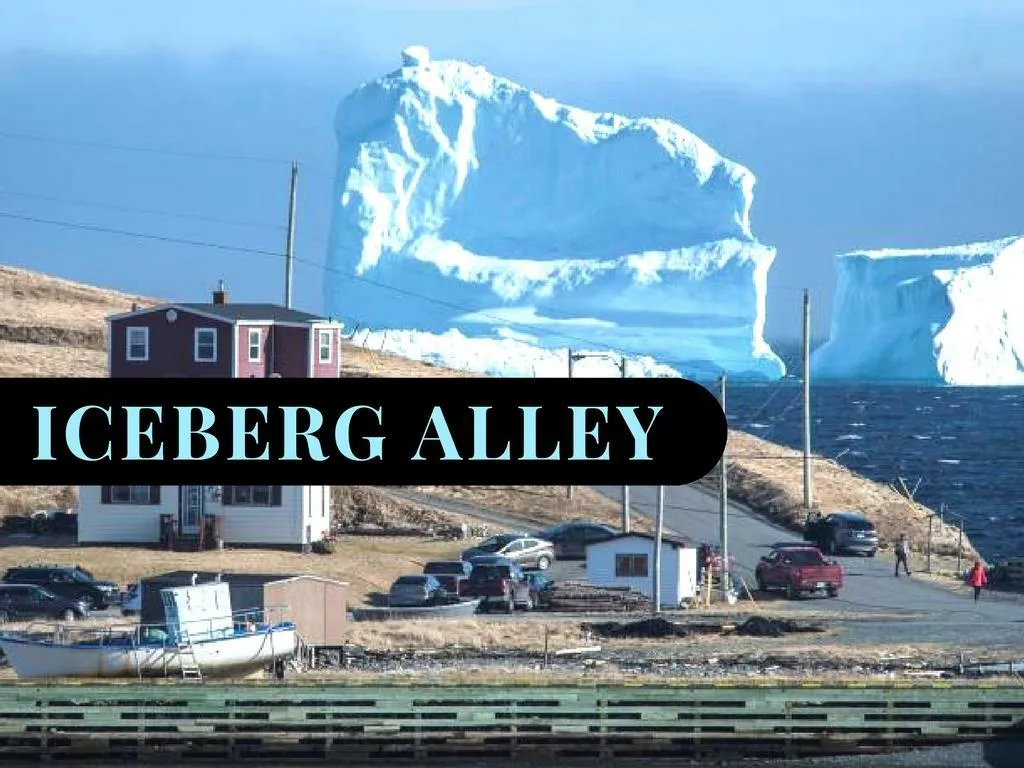
.jpg)

This season’s iceberg numbers were down too, not many made it to shore in accessible locations. With COVID-19 precautions in place for much of spring and summer, 2020 wasn’t a good year for iceberg watching. The first icebergs of the 2020 season were spotted off the Baie Verte Peninsula and Twillingate in March, with icebergs showing up off the coast of Bonavista and St. By early March, the ice reached the shores of Twillingate and Fogo Island, where it lingered for a few weeks before being blown offshore. The 2020 ice season began in early February with sea ice around the tip of the Great Northern Peninsula. Looking ahead, it doesn’t look like we’ll see any further icebergs this year. In May, iceberg numbers remained low until they eventually dropped off the radar completely. In April, icebergs showed up on the iceberg analysis charts, but consistently foggy weather made sure most of them went unreported until the weather improved in late April. Sea ice reached Newfoundland in late March but didn’t make it far beyond the tip of the Great Northern Peninsula, with most of it remaining offshore. While iceberg numbers remain low into May, some icebergs made it close enough to shore to delight iceberg watchers anyway. The first iceberg sightings of the year also came in early April, with more of them showing up by mid-April, notably around the Great Northern Peninsula, the Kittiwake Coast, and the Bonavista Peninsula. In early April, several polar bear sightings were reported, see the comment section for more details. ▤ sea ice: no significant amounts of sea iceįlowing down from Labrador, sea ice reached the Great Northern Peninsula in late January, before steadily spreading south towards LaScie and Twillingate in February, where it touched shore in early March. Icebergs soon followed, with many great near-shore sightings along most of Iceberg Alley throughout spring, and some more northerly sightings even lasting through early summer.

To see what iceberg activity was like in previous years, just scroll back through the years in the window below:įlowing down from Labrador, sea ice reached the shores of Newfoundland throughout February and March. the Kittiwake Coast (Twillingate, Fogo Island, Lumsden).By checking these charts early every year, you’ll soon see the potential of the upcoming season. This page keeps track of the annual iceberg seasons in 3 key areas: Share / check iceberg sightings Iceberg seasons through the yearsĮvery year is a little different, so it’s a good idea to keep your eye on the official Canadian Ice Service charts. In the comment section below, I’ll add my own observations and keep a record of recent sightings as well, and you are welcome to share your sightings there too: Another fine place for recent sightings is the crowd-sourced Newfoundland Iceberg Reports group on Facebook, I recommend you check them both out. Sharing your iceberg sightingsĭuring the active iceberg season, Newfoundland & Labrador’s IcebergFinder is the established place to find out about recent iceberg sightings. Because icebergs come to us from the North, the right time to see them varies along the coast: the further north you go, the longer the season is. Ancient, amazing, and mesmerizing to behold, icebergs are a perfect match for Newfoundland’s ruggedly beautiful shore.


 0 kommentar(er)
0 kommentar(er)
